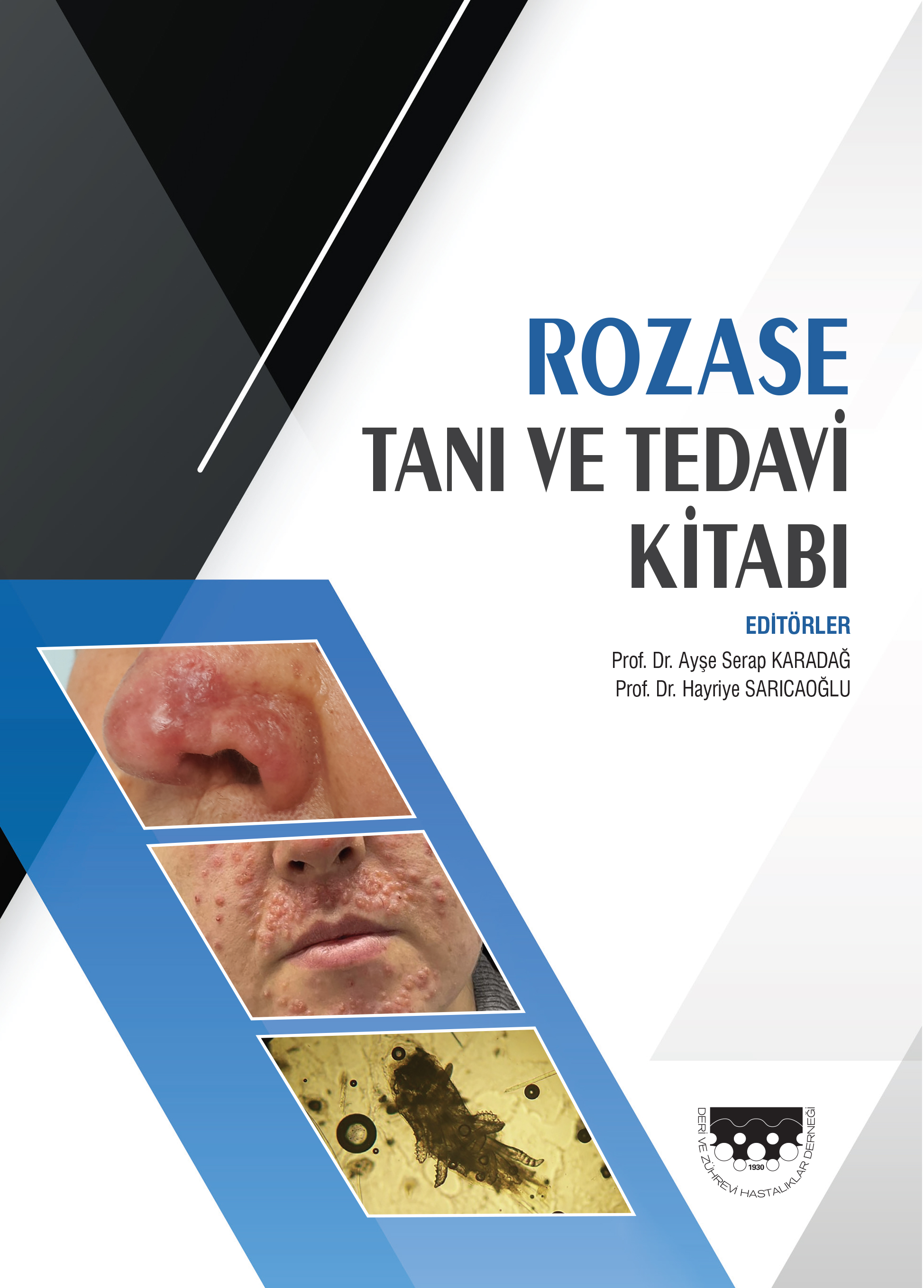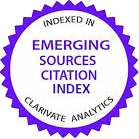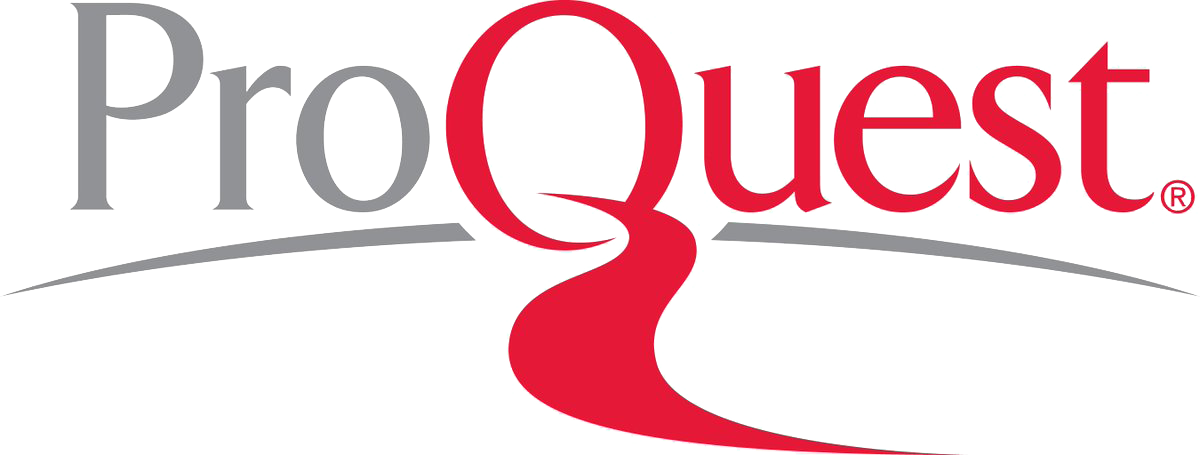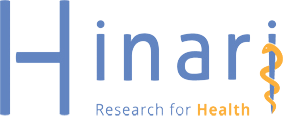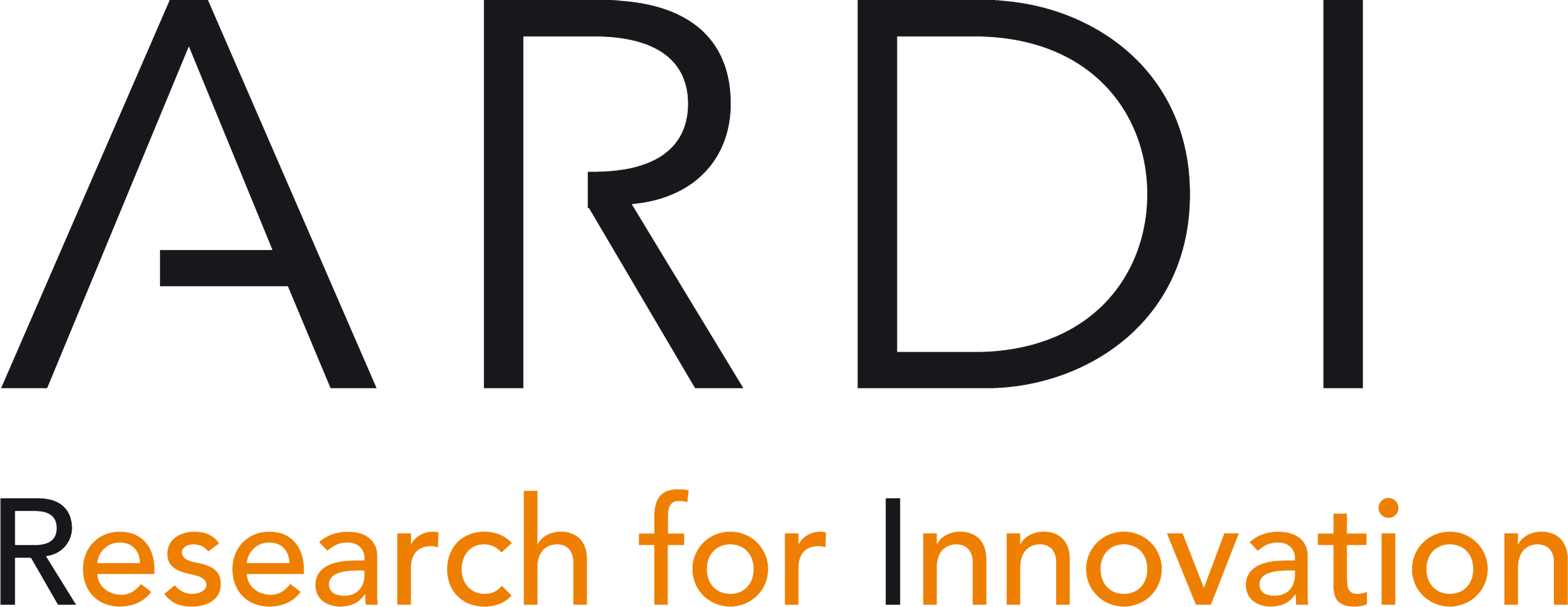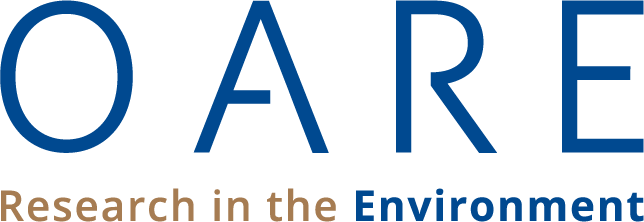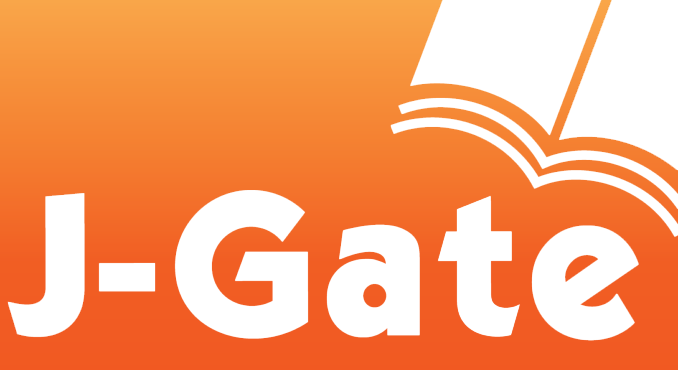Volume: 43 Issue: 3 - 2009
| EDITORIAL | |
| 1. | Thoughts on Citation, Citation Analysis of the Articles Published in International Dermatology Journals by Turkish Dermatologists and the Top-Cited Articles Deniz Seçkin Pages 79 - 82 Abstract | |
| REVIEW ARTICLE | |
| 2. | Narrowband Ultraviolet B Treatment in Skin Diseases Beyond Vitiligo, Psoriasis and Mycosis Fungoides Dilek Seçkin, Ertan Yılmaz Pages 83 - 88 Narrowband ultraviolet B, with its nonspecific immunmodulatuar actions, is a potential treatment alternative in many skin diseases. Various studies have shown its effects in psoriasis and vitiligo, treatment protocols have been developed especially for psoriasis. Apart from these, narrowband ultraviolet B is used as first-line therapy in skin conditions that are common in clinical practice. However, its efficacies in such diseases are not very well-known. The effects of narrowband ultraviolet B in atopic dermatitis, pityriasis lichenoides, lichen planus, pruritus, chronic urticaria, symptomatic dermographism and polymorphic light eruption are discussed here in light of the literature data. |
| ORIGINAL INVESTIGATION | |
| 3. | Measuring Trust Component in Patient-Physician Relationship in Dermatology Sadık Yılmaz, Vahide Baysal Akkaya Pages 89 - 94 Background and Design: Patients trust is an essential component of the patient-physician relationship. The aim of this study was to measure the level of trust of the patients in physicians, to determine factors affecting trust level and to propose some suggestions in order to improve trust component in patient-physician relationship. Material and Method: Three hundred five patients participated in the survey. A questionnaire was prepared to evaluate the level of patients trust in physician and satisfaction to the dermatology department and patients socio-demographic variables. Analyses of data obtained from questionnaires were performed using SPSS (Statistical Package of Social Science), version 15.0. Results: Patients have an average of 3.72±0.54 trust level (out of 5) in their physicians. This reveals the patients have a trust slightly above the medium level for their physicians. There are no statistically significant relationships between the trust level and other socio-demographic variables such as age, sex and income. Patients satisfaction level towards the dermatology department was 4.17±0.65. There was a positive and statistical significantly correlation between trust and satisfaction. Patients choose more cheerful and well-informed physicians. Trust had been determined as an important factor in the patient-physician relationship. Patients trust well-informed, sympathetic and honest physicians. Nevertheless, disrespectfulness and lack of information had been determined as the most distrusted physician behaviors. Conclusion: Although there are many studies to evaluate this subject in the literature as far as we determine this is the first study in dermatology practice in Turkey. Because there are many chronic diseases in dermatology to provide concordance of patients treatment and continuity to same physicians or medical clinics may be obtained by building the patients trust. In this sense, trust component in patient-physician relationship in dermatology must not be neglected. Also must be avoided for the distrusted attitudes and behaviors. |
| 4. | Our Clinic Experience with Infliximab in Cases with Moderate-Severe Psoriasis: A Retrospective Study Emel Bülbül Başkan, Zerrin Yazıcı Öztürk, Hatice Erdem, Hayriye Sarıcaoğlu Pages 95 - 99 Background and Design: In this study, we aimed to evaluate the efficacy, safety and side effects of infliximab therapy in patients followed up in our clinic with moderate-severe psoriatic patients unresponsive to conventional therapies. Material and Method: Twenty-six psoriasis patients who were given infliximab therapy in our clinic between years 2006-2008, were retrospectively analyzed for their demographical clinical features, changes in PASI score, duration, efficacy and adverse effects of the therapy. Results: There were 15 female and 11 male psoriasis patients; ages ranging from 18 to 70 years (45.2±12.9). 17 of them were diagnosed as generalize plaque type psoriasis, 2 as eritrodermic psoriasis, 5 as generalize pustular, two of them as palmoplantar pustular psoriasis. Thirteen have associated psoriatic arthritis. All patients received 5 mg/kg intravenous infliximab infusion at weeks 0, 2, and 6, followed by every 8 weeks. Number of infliximab therapy sections was ranging from 2 to 16 and duration of treatment from 1 month to 28 months. Improvement in PASI between pretreatment and after induction therapy was statistically significant (p<0.05). Additional systemic treatment for disease activation was applied to patients receiving infliximab monotherapy at 14.-38. weeks. We observed allergic infusion reactions in 15.4% of the patients. Conclusion: In compatible with data in literature, we found that infliximab therapy provides a rapid clinical response in patients (generalized, eritrodermic and/or pustular psoriasis) who are unresponsive to immunosupressive agents or in cases which these treatment modalities cannot be used because of side effects. |
| 5. | Serum Resistin Levels in Behcets Disease Patients and Correlation with Disease Activity Semih Tatlıcan, Özlem Gülbahar, Kısmet Kaya Şimşek, Cemile Eren, Pelin Kartal Durmazlar, Fatma Eskioğlu Pages 100 - 103 Background and Design: Behcets disease is a chronic, inflammatory and relapsing disorder with neutrophil and T lymphocyte activation and endothelial cell dysfunction. Resistin is a newly defined pro-inflammatory cytokine. In this study, we measured the serum resistin levels in active and inactive Behcets disease patients and healthy control subjects. The aim of this study was to investigate the role of resistin in the inflammatory process in Behcets disease and the correlation of the serum resistin levels with the disease activity. Material and Method: Twenty-one active and 21 inactive Behcets disease patients and 21 healthy control subjects were included in the study. Serum resistin levels were measured by a sandwich enzyme-linked immunosorbent assay. We also investigated the correlation of resistin levels with the levels of interleukin-6 and C-reactive protein, white blood cell count and erythrocyte sedimentation rate. Results: Age and gender distribution were similar for study groups (P=0,711; F: 0.343 and P=1.00; Chi-square: 0, respectively). The mean serum levels of resistin in active (20.56±5.22 ng/mL) and inactive Behcets disease patients (14.71±2.34 ng/mL) were significantly higher than the control subjects (10.98±3.46 ng/mL), (P<0.01; F: 24.62). Active Behcets disease patients had also significantly higher levels of resistin than the inactive patients, (P<0.01). The levels of interleukin-6 (F: 34.019) and C-reactive protein (F: 41.844), white blood cell count (F: 20.886)and erythrocyte sedimentation rates (F: 115.873) were also higher in active patients and correlated with the serum resistin levels (P<0.01 for all variables). Conclusion: Resistin is involved in the inflammatory process in the Behcets disease and levels of resistin correlates with the disease activity. |
| 6. | Serum Prostatic Specific Antigen Levels in Women with Hirsutism Filiz Cebeci, Nahide Onsun, Ömer Ümmetoğlu, Ahmet Rıza Uras Pages 104 - 106 Background and Design: Using an ultrasensitive assay, PSA has been detected in female serum and has been proposed as a potential marker of androgen excess in hirsute women. The object of this present study was to investigate an association between hirsutism and serum PSA levels. Material and Method: A total of 47 women with hirsutism and 24 age-matched nonhirsute women were included in this study. Using an ultrasensitive chemiluminescent immunoassay serum PSA were determined in all subjects. Results: Serum levels of PSA were higher in hirsute women than in nonhirsute controls (p<0.05). Conclusion: If more sensitive assays become available, PSA might be used as biochemical marker of peripheral androgen excess in women with hirsutism. |
| 7. | Evaluation of Relationship of Oral Aphtae with Nutrition and Some Personal Variables Fatma Gülru Erdoğan, Gül Aslıhan Çakır, Aysel Gürler, Atilla Elhan Pages 107 - 111 Background and Design: Aphtous stomatitis is a common condition mostly seen in children and adolescents. Etiology is believed to be multifactorial with the influence of both familial and acquired conditions. Food as an etiologic factor has been studied previously with some contradictory findings although patients usually accuse one or more foods, additives and bevareges as a causative factor. In this study we aimed to determine the prevalence of aphtae and its possible relation with dietary habits in a group of university students. Factors like tooth-brushing, antibiotic consumption and body mass indexes are also investigated. Material and Method: A total of 212 university students were given food frequency questionnaire. They are also questioned for the type, frequency and location of aphtous lesions, presence of family history, their height, weight, tooth brushing habits and frequency ao antibiotic consumption. Results: Almost half of the students had aphtae whereas 20.3% had three or more a year. Students with aphtae had lower body weight while out of 6 vegeterian students 4 had aphtae. On the other hand toothbrushing or antibiotic consumption were not related with aphtae. Walnut, chocolate and dark bread seemed to be protective against aphtae whereas aphtae were more commonly seen in students consuming more tea and spices. Conclusion: This study showed that animal derived products, walnut and dark bread may be protective against aphtae. Whether or not low body weight is a risk factor for aphtae may be evaluated with further studies. |
| TURKDERM-9860 | |
| 8. | Infantile Systemic Hyalinosis: A Case Report Özge Gündüz, Sibel Ersoy Evans, Koray Boduroğlu, Yasemin Alanay, Özay Özkaya Pages 112 - 115 Infantile systemic hyalinosis (ISH) is an autosomal recessive, rare disorder in which hyaline deposition occurs in multiple organ systems, including the skin. It is characterised by painful joint contractures, gingival hypertrophy, generalized osteopenia, small pearly papules on the head, flesh nodules in the perianal region, and usually thickened skin. The onset occurs within the first few weeks of life and death occurs by two years of age as a result of recurrent pulmonary infections and diarrhea. Unfortunately, treatment is primarily palliative as there is no cure currently available. Herein, we report an 8-month-old boy who is diagnosed with ISH with the characteristic clinical presentation and histopathological findings. |
| 9. | Secondary Anetoderma Overlying Multiple Pilomatrixomas: A Case Report Dilek Seçkin, Aslı Şenol, Deniz Yücelten, Cuyan Demirkesen Pages 116 - 118 Pilomatrixoma is a benign skin tumour originating from hair matrix cells. It usually presents as a solitary nodule or cyst. Multiple lesions are rare and are familial in majority of cases. Anetodermic changes overlying pilomatrixomas have rarely been described. We report here an 18-year old girl with six pilomatrixomas. None of her family members had similar lesions. Three of the lesions which were located on the back and arm showed features of secondary anetoderma. |
| 10. | Angiolymphoid Hyperplasia with Eosinophilia: A Case Report Gülsüm Genoğlan, Sibel Şahin, Banu Ertekin, Ali Can Kazandı, Can Ceylan Pages 119 - 121 Angiolymphoid hyperplasia with eosinophilia is a rare disorder characterized by vascular proliferation, eosinophilia in peripheral blood and lymphocytosis. With unknown etiology, this rare condition is generally seen in women. It often presents as multiple, grouped red nodules in the peri-auricular region, scalp line and neck. Although it is limited, spontaneous resolution may be seen in lesions. Rather, destructive methods have been used for therapy, including electrodessication, cryotherapy, surgical excision, radiotherapy, intralesionary therapy (sclerosing or glucocorticoid), interferon-a2a, cytotoxic agents, pentoxifilin, pulse dye lazer, argon laser and CO2 laser. |
| 11. | Autoimmune Progesterone Dermatitis: A Case Report and Review of the Literature Fatma Çetinözman Aksoy, Sibel Ersoy Evans, Ayşen Karaduman Pages 122 - 125 Autoimmune progesteron dermatitis (AIPD) is a rare disorder which is characterized by cyclical premenstrual flares of cutaneous or mucocutaneous manifestations. We present a 36-year-old woman with a 2-year history of oral ulcers and a rash which presents a week before every menstruation. She also had a history of recurrent herpes labialis infection; however herpes simplex virus could not be detected by PCR in oral lesions. Routine laboratory investigations, as well as serum complement levels were normal, except for elevated ANA titer (1/160). Histopathological examination of one of the papules was consistent with erythema multiforme and immunobullous diseases were ruled out by negative immunofluorescence studies. Based on the history and the clinical features, AIPD was suspected and the diagnosis was confirmed by flare of the lesions after progesterone challenge test. Subsequently, oral tamoxifen was started which controlled her flares significantly and no major side effects except amenorrhea was observed during treatment. Next she was given spironolactone which did not control her symptoms, therefore oral prednisolone had to be introduced. Due to its rare occurence, clinical features, pathogenesis, diagnostic and treatment alternatives of AIPD are discussed in this study based on the review of the medical literature. |
| WHAT IS YOUR DIAGNOSIS? | |
| 12. | What is Your Diagnosis? Gülsüm Gençoğlan Pages 126 - 127 Abstract | |
| CURRICULUM VITAE | |
| 13. | In Memoriam of Türkan Saylan Can Baykal Page 128 Abstract | |
| TURKDERM-6637 | |
| 14. | Society News Page 129 Abstract | |
| NEW PUBLICATIONS | |
| 15. | Dermatologic Immunity (Current Directions in Autoimmunity Vol 10) Page 130 Abstract | |
| TURKDERM-6637 | |
| 16. | Kongre Takvimi Page 131 Abstract | |



